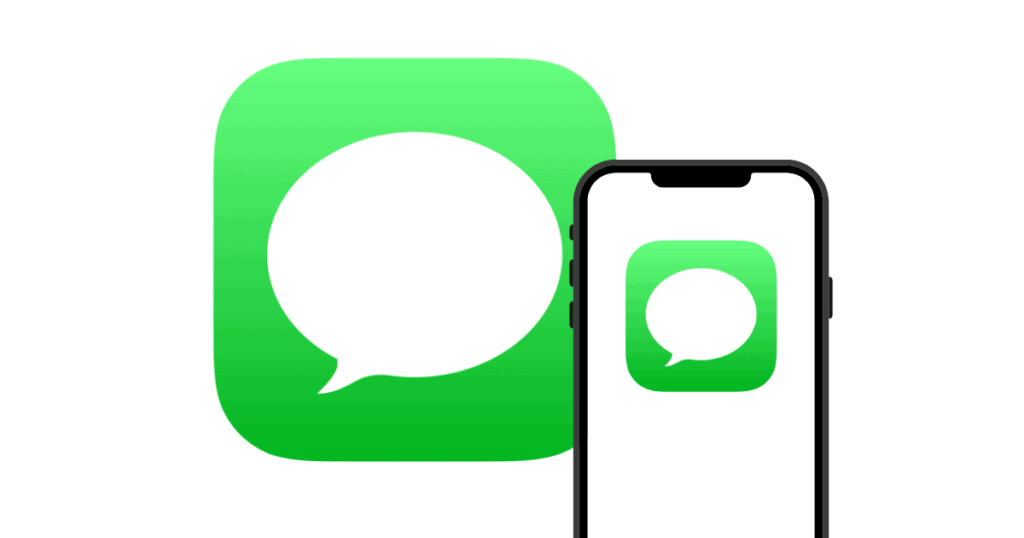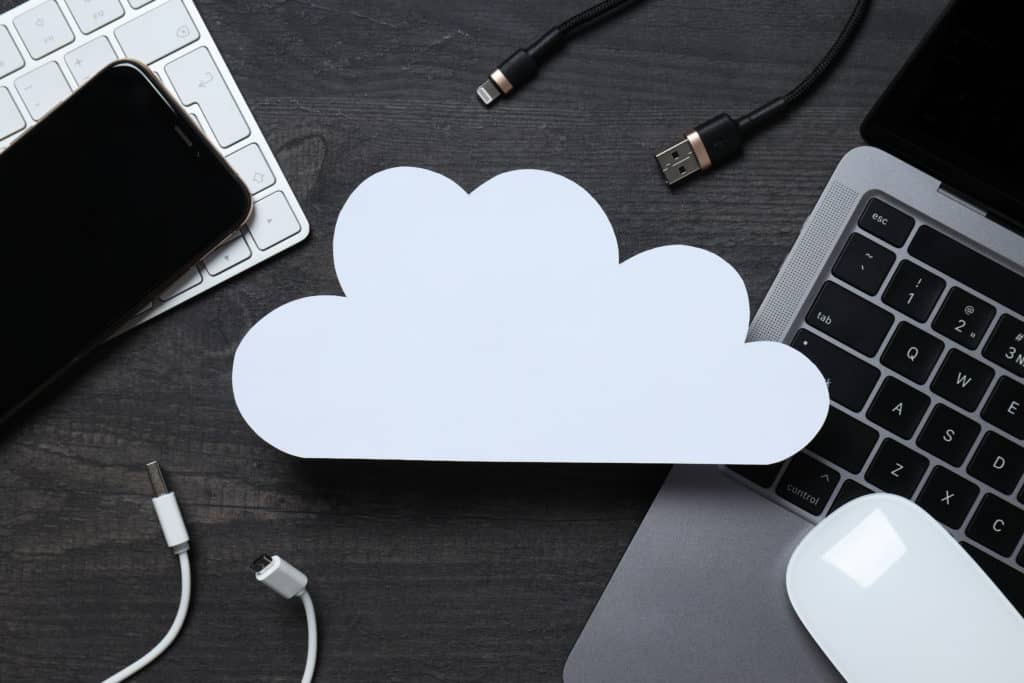The recent iMessage outage has raised significant concerns among users and tech analysts alike, as it disrupted not only personal communications but also critical business interactions. Beginning unexpectedly in the late afternoon, the incident left many wondering about the resilience of our increasingly interconnected digital infrastructures. As we examine the sequence of events that led to this widespread service disruption, it becomes imperative to question the underlying vulnerabilities in such essential services. What measures can be taken to mitigate similar situations in the future, and how prepared are service providers to handle sudden outages? This discussion seeks to explore these critical questions further.
Overview of Imessage Outage
The iMessage outage, which began around 2:45 p.m. Pacific Time, severely disrupted communication for thousands of iPhone users across various carriers including Verizon, AT&T, and T-Mobile. This significant disruption highlighted the dependency on instant messaging services facilitated by Apple’s technology platforms. Users experienced difficulties primarily in sending texts and utilizing services integrated with iMessage, causing notable inconveniences in personal and professional communications.
The outage did not only restrict itself to individual user interactions but also extended its impact to other Apple services such as Apple Message for Business and HomeKit. This widespread effect underscored the interconnected nature of Apple’s ecosystem, where a failure in one area can cascade through multiple functionalities that rely on a unified service architecture.
Apple’s response was prompt, with the issue being resolved by 3:35 p.m. the same day. However, the company remained tight-lipped about the specific causes behind the outage. This lack of detailed communication from Apple left many users and industry analysts speculating about potential vulnerabilities within Apple’s network infrastructure or possible external influences affecting their systems.
The resolution restored functionality, but it did not immediately alleviate the concerns regarding future service reliability.
User Impact and Reactions
Thousands of iMessage users globally found themselves grappling with communication disruptions during the recent outage. The sudden cessation of iMessage services left many unable to send or receive messages, creating a significant hiccup in personal and professional interactions.
As reports of the outage began to surface, users from various regions including the U.S., Canada, and the U.K. reported similar difficulties, indicating the widespread nature of the issue. This massive interruption led to a flurry of social media activity, where users expressed their frustrations and sought information about the outage’s extent and duration.
The user impact was remarkably severe, as the reliance on instant messaging for day-to-day communication is profound. The inability to send messages directly affected the flow of information and halted many ongoing conversations. Some users attempted workarounds, such as resending messages or rebooting devices, but these solutions were only temporarily effective.
The outage not only demonstrated the critical role of iMessage in modern communication but also highlighted the dependency on continuous digital connectivity. As the situation unfolded, the community’s response underscored the importance of swift resolution and reliable service in maintaining the fabric of daily digital interactions.
Timeline of Events
Reflecting on the impact and user reactions, it is pertinent to outline the specific timeline during which the iMessage outage unfolded. The disruption started and escalated quickly, causing a significant interruption in communication for numerous iPhone users across various networks.
- 2:45 p.m. Pacific Time: User complaints reached their peak, highlighting problems sending text messages. This was not limited to a specific carrier; however, issues reported with Verizon were particularly frequent, alongside similar disruptions faced by AT&T and T-Mobile subscribers.
- Impact on Services: Besides the typical messaging functions, the outage also affected Apple’s specialized services like Apple Message for Business and HomeKit, intensifying the inconvenience for users relying on these integrations for daily operations.
- 3:35 p.m. Pacific Time: All service disruptions were resolved. This swift resolution brought relief to users, although it left many questioning the reliability of Apple’s messaging system during critical times.
The timeline of events shows that the issues with Apple’s messaging system and the problems with sending text messages were widespread but fortunately short-lived. This incident underscores the essential role that digital communication plays in our daily lives and the broad impact when such fundamental services falter, even briefly.
Causes of the Outage
What triggered the recent iMessage outage remains somewhat ambiguous, although it was attributed to technical difficulties within Apple’s messaging and video calling frameworks. Despite Apple’s efforts to maintain robust communication services, the reported issues greatly hindered the ability of users to send and receive messages, affecting their daily communications.
The problems began to surface in the early hours, with users taking to social media to report delays and failures in message delivery. Remarkably, the disruption was not isolated but widespread, impacting thousands of users across the U.S., Canada, and the U.K. The nature of the issues reported suggested a complex problem within the infrastructure that supports Apple’s iMessage and FaceTime services.
As complaints mounted, Apple acknowledged the issues by updating their System Status page later that evening. However, the exact technical reasons behind the outage were not immediately disclosed, leaving many to speculate about potential vulnerabilities in the system. This instance highlighted the challenges even leading technology companies face in managing and sustaining the uninterrupted operation of their services, particularly when unexpected technical breakdowns occur.
Resolution and Recovery
The iMessage outage was effectively resolved by 3:35 p.m., restoring full functionality to users and alleviating widespread communication disruptions. This swift resolution minimized the duration of the inconvenience faced by thousands of iPhone users, who rely heavily on this service for daily communications.
The recovery process was pivotal in ensuring that the disruption did not have a prolonged impact on personal and professional interactions across various networks including Verizon, AT&T, and T-Mobile.
To further understand the implications and the efficiency of the resolution, consider the following points:
- User Confirmation: Shortly after the announced resolution time, users began to report successful sending and receiving of messages, indicating a return to normal service.
- Monitoring by DownDetector: Real-time updates from DownDetector showed a significant drop in complaints, confirming the recovery was widespread and effective.
- No Official Cause Released: Despite the resolution, Apple did not provide specifics on what had caused the outage, leaving some questions unanswered but achieving a full recovery of services.
This event underscores the importance of rapid response and effective recovery strategies in managing digital communication tools that have become indispensable in our daily lives.
Communication Strategies Used
During the iMessage outage, users employed various strategies to maintain communication, including resending texts and exploring alternative messaging platforms. The disruption, documented extensively by Downdetector with over 13,000 reports, pushed Apple users to adapt swiftly to maintain connectivity.
Importantly, individuals repeatedly attempted to resend their messages, hoping for successful delivery amidst the sporadic service.
As frustrations mounted, many sought alternative methods to circumvent the iMessage limitations. Social media and tech forums like The Verge highlighted the community’s shift towards other messaging apps such as WhatsApp, Telegram, and even traditional SMS to ensure timely communications. This shift underscores an essential aspect of modern communication strategies: the reliance on multiple platforms to guarantee uninterrupted contact in crisis situations.
The outage not only tested user patience but also their ability to quickly switch to different communication tools, revealing a versatile approach to overcoming digital barriers.
Such adaptability is vital in a world where technology can unpredictably falter, and having several communication strategies ready can mitigate the impact of similar future disruptions.
Preventative Measures for Future
To prevent future disruptions similar to the recent iMessage outage, Apple could implement more robust system redundancies and conduct regular stress tests on their network. These preventative measures are essential to avoid widespread outages and minimize communication disruptions for users globally. By enhancing the infrastructure and ensuring more reliable backup systems, Apple could greatly reduce the impact of such incidents in the future.
Here are specific actions that could be taken:
- Essential Monitoring Systems: Continuous monitoring of network traffic and performance to detect and address anomalies before they escalate into larger issues.
- Diversified Data Centers: Establishing multiple data centers in various geographical locations to guarantee service continuity in case one center faces difficulties.
- Transparent Communication Protocols: Implementing clear and immediate communication strategies to inform users of any issues and expected resolution times, thereby maintaining trust and reducing user frustration during outages.
These steps would not only improve service reliability but also reinforce user confidence in Apple’s commitment to maintaining high standards of connectivity and service. Such strategic improvements are vital for sustaining the company’s reputation as a leader in technology solutions.
Summary of User Feedback
User feedback on the recent iMessage outage highlighted significant frustration and inconvenience among affected individuals. Many iPhone users reported issues, particularly noting a sudden inability to send text messages or connect via iMessage. The problems with iMessage began around 2:45 p.m., affecting users across several networks, including Verizon, AT&T, and T-Mobile.
As the outage unfolded, social media platforms were flooded with complaints and inquiries, with many users desperate for updates and solutions.
The feedback consistently reflected a mixture of confusion and urgency, with individuals and businesses alike stressed about being unable to use iMessage. Essential communications were interrupted, and the reliability of Apple’s service was called into question.
Users expressed particular concern over the lack of immediate communication from Apple regarding the status of the outage and the expected resolution time.
MacReview Verdict
To sum up, the iMessage outage served as a stark reminder of the delicate tapestry of our interconnected digital lives. Woven threads of communication, once severed, have profound ripple effects on personal and professional spheres alike.
The resolution and recovery efforts, alongside enhanced preventive measures, mark critical steps toward fortifying this essential digital infrastructure. User feedback underscores the necessity for robust, transparent communication strategies to navigate the tempestuous seas of technological disruptions.




